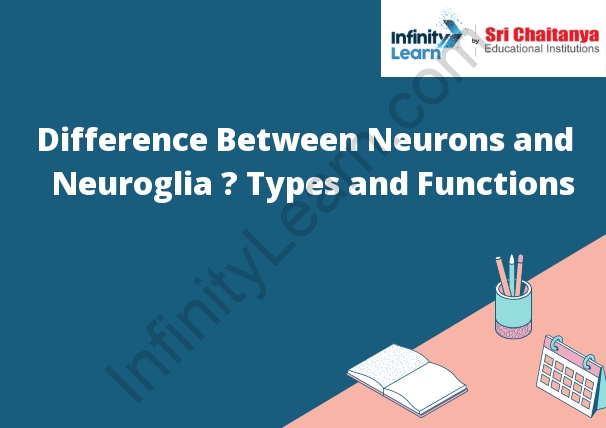Table of Contents
What is Neuroglia?
Neuroglia is the term used to describe the cells that support and protect the neurons in the brain and spinal cord. These cells include the astrocytes, oligodendrocytes, and microglia. Neuroglia are cells in the nervous system that support and protect neurons. They provide nutrients and energy to neurons, remove waste products, and help to repair damage. There are several different types of neuroglia, including astrocytes, oligodendrocytes, and microglia. Astrocytes are the most common type of neuroglia, and they play a major role in regulating the environment around neurons. Oligodendrocytes produce the myelin sheath that surrounds and protects axons, and microglia are the immune cells of the brain and spinal cord. Neuroglia are essential for maintaining the health and function of the nervous system.

Types and Functions of Neuroglia
There are four types of neuroglia: oligodendrocytes, microglia, astrocytes, and ependymal cells. Oligodendrocytes are responsible for myelination, or the production of the myelin sheath that surrounds axons. Myelin is an important part of the nervous system, as it speeds up the transmission of electrical signals between neurons. Microglia are the smallest type of glia, and are responsible for scavenging the brain for foreign particles and damaged cells. Astrocytes are the most numerous type of glia, and are responsible for maintaining the chemical environment of the brain, providing nutrients to neurons, and removing waste products. Ependymal cells line the ventricles of the brain and spinal cord, and are responsible for the production of cerebrospinal fluid.
Neuroglia Cell Function Within the Peripheral System
There are three types of neuroglia cells in the peripheral nervous system- Schwann cells, satellite cells, and macrophages.
Schwann cells are the primary type of neuroglia cell in the peripheral nervous system. They are responsible for creating the myelin sheath around axons, which helps to speed up the transmission of nerve impulses.
Satellite cells are located next to Schwann cells and help to support and nurture them.
Macrophages are immune cells that scavenge debris and help to protect the peripheral nervous system from infection.
What are Neurons?
A neuron is an electrically excitable cell that processes and transmits information through electrical and chemical signals. The nerve cells of the brain and spinal cord are neurons.
Neurons Structure
A neuron is a cell in the nervous system that processes and transmits information. Each neuron has a cell body, dendrites, and an axon. The cell body contains the nucleus and the cytoplasm. The dendrites are thin, branched projections that receive information from other neurons. The axon is a long, thin projection that sends information to other neurons.
The Function of Neurons
A neuron is a nerve cell in the brain. It is responsible for transmitting messages between the brain and the body. The messages are transmitted as electrical impulses.
Difference Between Neurons and Neuroglia
Neurons are the primary cells in the nervous system. They are responsible for transmitting information throughout the body. Neuroglia are the supporting cells in the nervous system. They are responsible for providing nutrients and removing waste from neurons.
Some best Ways to Study Neurons and Neuroglia
1. Use an online resource such as the Neuroscience Online website, which provides concise descriptions of the structure and function of neurons and neuroglia.
2. Study an anatomy textbook, such as “Gray’s Anatomy,” to learn about the structure of neurons and neuroglia.
3. Watch an online video on the structure and function of neurons and neuroglia, such as the one produced by the Howard Hughes Medical Institute.
4. Review articles on the structure and function of neurons and neuroglia published in scientific journals, such as the Journal of Neuroscience.
5. Attend a neuroscience lecture or workshop to learn about the structure and function of neurons and neuroglia from a leading expert in the field.
Importance of studying Neurons and neuroglia:
The study of neurons and neuroglia is important because they are the primary cell types in the nervous system. By understanding how these cells function, we can learn about the underlying mechanisms of nervous system diseases and possible treatments.
Differences between Neurons and Neuroglia:
-Neurons are the cells in the nervous system that conduct electrical signals.
-Neuroglia are the cells in the nervous system that support and protect the neurons.







